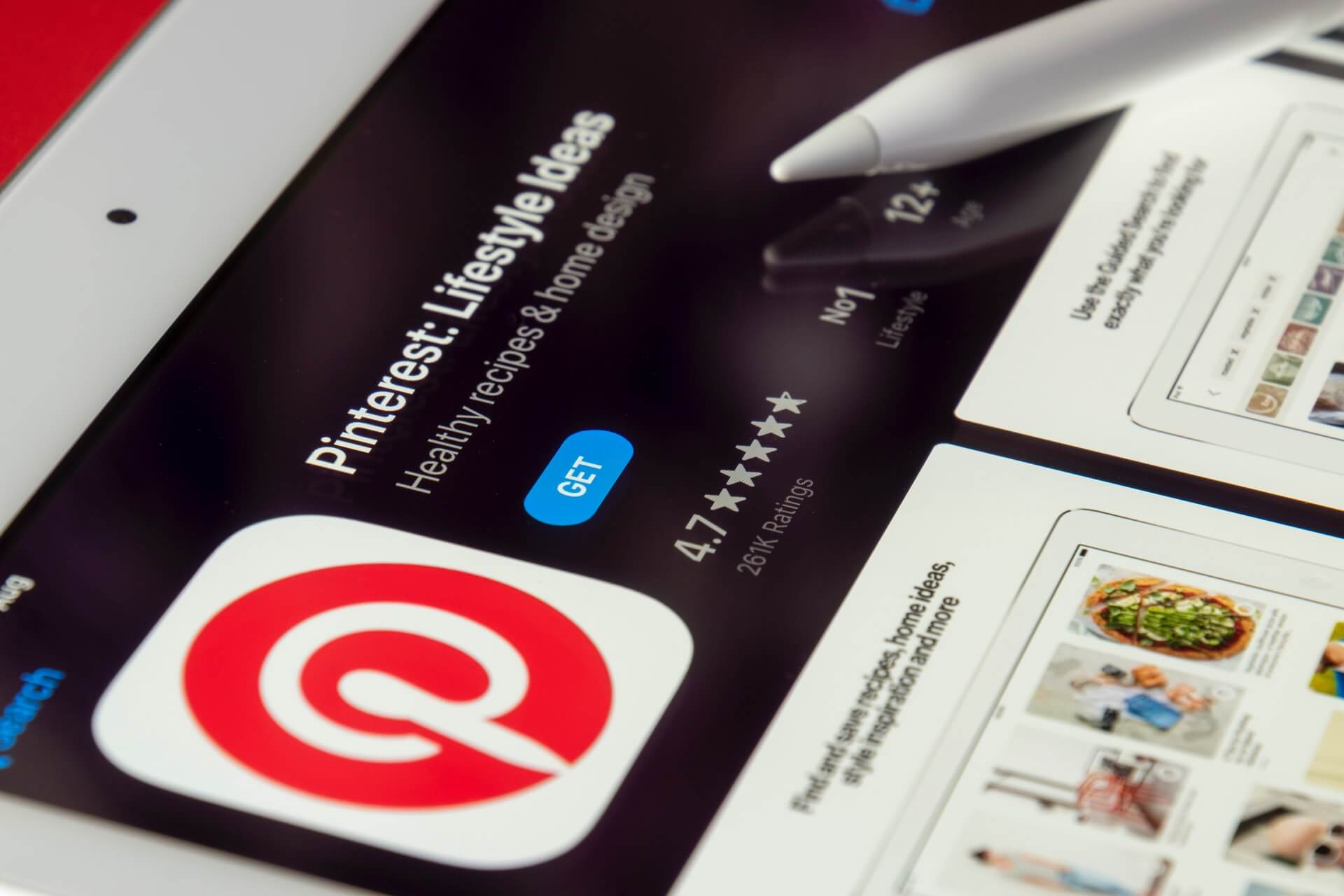You know the devil’s in the details, and getting this job description right will be key to your business’s future success. There’s just one thing: you’re not so sure what should go into it.
Sound familiar?
Looks like you could use a guide to writing your own remote job description (JD).
What is a remote job description?
A job description or JD is basically an advertisement for your company. A well-written job description will do the heavy lifting of attracting the right people for your business — and even keeping them too.
“Retention starts right from the beginning, from the application process to screening applicants to choosing who to interview,” shares the former CEO of Nfrastructure, whose IT company had a whopping retention rate above 97%.
Here’s how you can write a winning job description for your business:
3 things to consider before you write a job description

1. What tasks do you need help with?
Many busy CEOs have sworn by the art of delegation. It’s a great tactic that can save you time and productivity for your business. The first step to effective delegation is being clear with the specifics: what exactly do you need to offload?
Here’s what you can do:
Make a list of every single task you do in your day-to-day.
You’ll find that some take up more time than others, while others only need to be done once every few weeks. Some tasks are best done by you, while some don’t need your deep expertise at all. Mark those down; these tasks are the ones you can delegate.
You can learn more about these best practices to help you write your job description in The Delegation Leap, our free course.
2. Who do you need to hire?
Now let’s match these tasks with the right profile. Remote employees typically fall into two types of expertise: a generalist and a specialist.
An executive assistant or a VA, for instance, is one example of a generalist; they may be comfortable doing a few graphic design tasks on top of their admin work. But if you need someone with a more specific skill set–like a video editor— it’s best to identify them with that title.
3. How much is your budget?
Salaries in the Philippines are 80% cheaper than in the US, due to the lower cost of living. If you’re feeling a little confused, we’ve removed the guesswork for you through this salary guide to remote Filipino staff — check it out for more info.
How to write a winning job description for remote employees

Pick the right job title
Identifying the right job title for your job description is already half the battle. It’s tempting to use the kind of fun lingo you use at your work (like “Chief Storyteller” or “Fashion Evangelist”) but these things may completely fly over your potential candidate’s heads.
Keep things fuss-free by sticking to traditional job titles for your JD.
Simple titles tend to be universal and misinformation-free — plus they’re already optimized for search. You’ll have the chance to share more about your company in the next sections!
List your must-have skills and qualifications
This is where your delegation task list comes in handy! Review your list and think about what descriptions would qualify your ideal candidate.
Some things you can think about:
- Knowledge, skills, and abilities
- Soft skills
- Experiences or education
- Written or spoken languages
While others may approach writing this as a wish list of nice-to-haves, you can improve your job search by only adding what’s necessary.
Your ideal candidate may not 100% tick all your checkboxes, and as a result, may feel deterred from applying. You don’t wanna miss out on top talent by overstuffing your job description.
Even better: you can state which qualifications are absolutely required and which are merely preferred.
For example, you may be open to hiring a Facebook Ads Manager with only a working knowledge of Canva. But a required skill for you would be proven experience in running a campaign above USD10K.
Being clear on what’s a dealbreaker for you will help you a ton in writing your job description.
List your mission and values
Did you know that 46% of new hires will fail in their first 18 months–regardless of technical skill or experience?
That’s why hiring for mission fit is a game-changer.
Candidates who share your organizational goals and values are more likely to stick it out when things get tough. Attracting these candidates through your job description can pay off for years to come. As they say — skills can be taught, but attitude can’t.
In this section, list your organization's mission and vision statement. Consider explaining how this open position supports the overall organization’s mission. You'll leave a lasting impression when you communicate why this job exists and connect it to a greater purpose.
Set expectations from the get-go
Your job description is one of the best places to start setting expectations, way before you even have your candidate down for an interview. It’s a useful guide you can use to monitor performance, communicate deliverables, and manage your new hires.
While some things may feel like a given — everyone knows what “part-time” means, right? — it pays to spell out even the smallest of expectations or requirements. Even in a remote setup, you can keep misinformation at bay through clear writing.
Here are a few things you can think about:
- What are your expected outcomes?
- What are your schedule requirements?
- What is the pay range for this position?
- What equipment would you require candidates to have?
- How flexible is this remote position? Is an asynchronous setup feasible, or would you require a few hours of synchronous work?
Keep your job description bias-free

A study showed that 85% of CEOs declared a diverse workforce improved their bottom line. You can improve diversity in your hiring pool by checking your language for any biases that could drive top candidates away.
For instance, words like “strong English-language skills'' may be misconstrued to mean “only native English speakers.” Or “energetic” can be biased against middle-aged to elderly candidates. Unconsciously using gendered pronouns like “he/him” or “she/her” can also do the trick.
Some good tips to help you speak to a broader range of potential candidates:
- Aim to be gender-neutral in your language. Some words, like “ninja” and “outspoken”, could be alienating for women. Whereas words like “nurturing” and “cooperative", which are typically feminine-coded, can single out male candidates who would've liked to apply.
- Let someone who shares the same background as your ideal candidate read your job description. You'll benefit from a fresh pair of eyes. They can spot coded language you may have missed, and if they have–don’t feel bad! Learning from unconscious bias is a never-ending process.
Show off your culture!
“Culture is everything in recruitment,” shares Russell Reynolds’ Cerilli. “Everything eventually comes back to a candidate asking themselves, ‘Will I be a good fit and really enjoy working there?’ So it’s critical that culture is all over a job description.”
Your ideal candidate could be looking at other options. Here’s one time you don’t have to be modest!
Perks, bonuses, benefits–list them all down. Do you fly your employees to Paris once a year? Host Friday online yoga sessions? Give those a shout-out and reel them in.
Define the next steps
Because the recruitment process varies from business to business, you want to communicate the level of commitment you’ll need from your candidates.
Clarity is kindness.
How soon should candidates expect a call? How many interviews should they expect? Should they be setting aside time to accomplish a case study, perhaps a paid test?
Knowing what’s to come will help candidates prep their energies, and in doing so, show you the best sample of their work. By defining the next steps clearly, you’ll set up your future collaborators — and yourself — for success.
Additional resources to help you craft a winning job description
To get your juices flowing, you can review some real job advertisement examples here.
We also have a series of guides that can help you hire specific jobs:
What happens when you get your job description right
- You’ll attract the right people for your business–and retain them longer, too.
- You can set and manage expectations even as early as this stage.
- You have an instant guide to monitor performance, communicate deliverables, and manage your new hires upon onboarding.
Hiring remote employees starts with a well-written job description. Many CEOs and business owners miss out on the value of this, but you can be different. Let us know what your ideal hires are like and start delegating to awesome remote employees today.








.avif)





%20(1).webp)